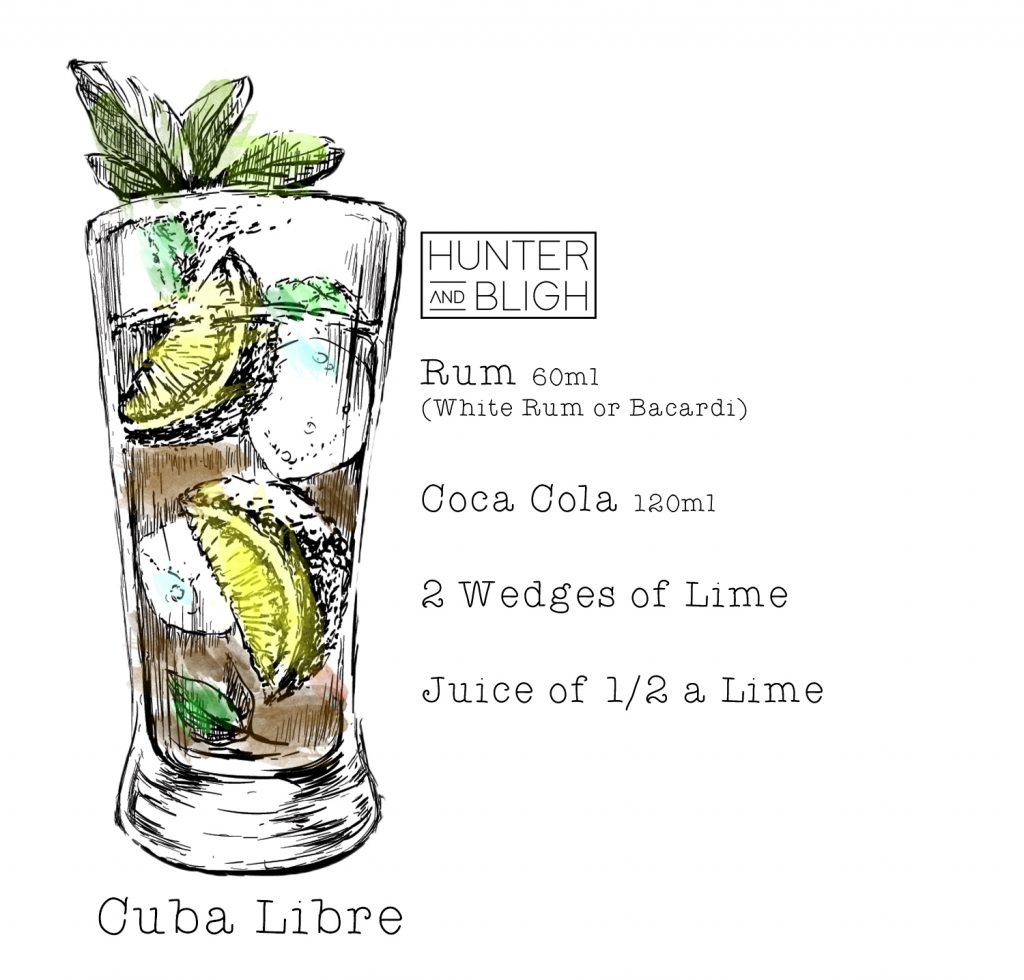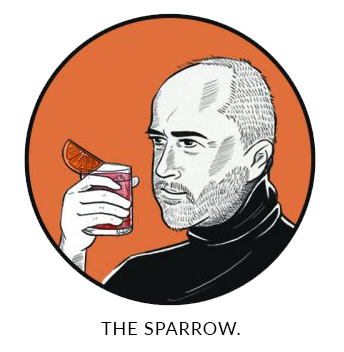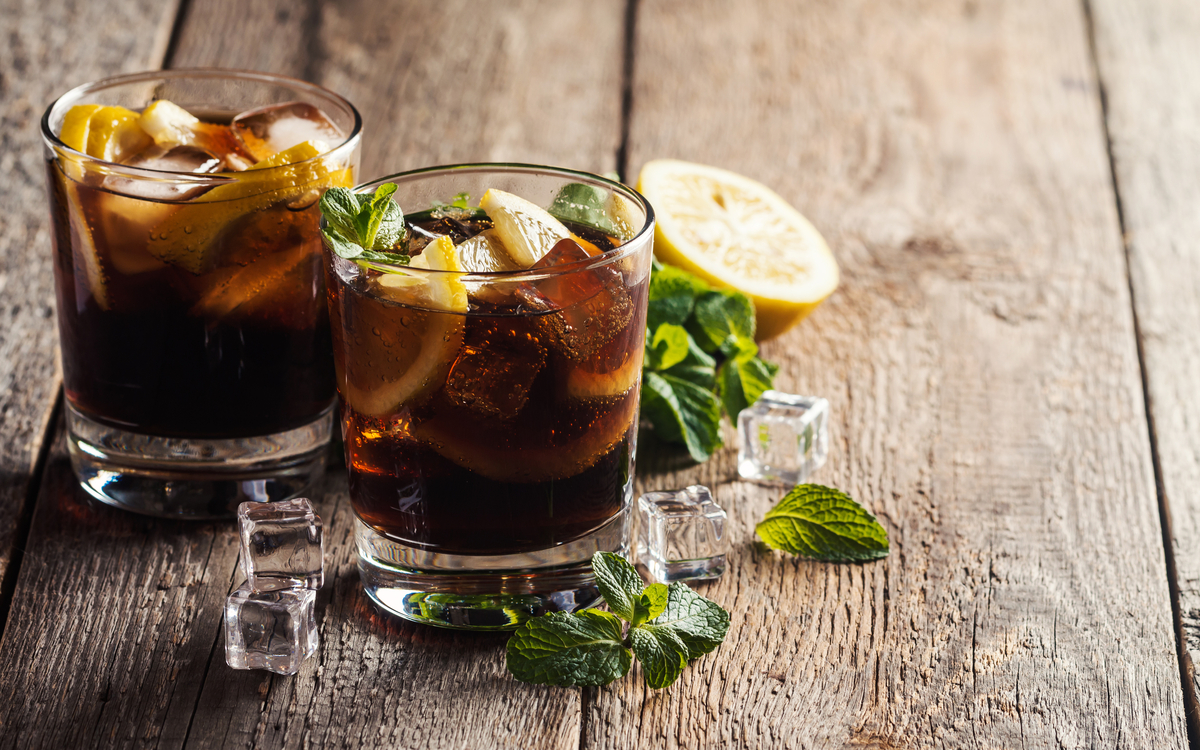Let’s start with a little history…
Coca Cola first became available in Cuba around 1900 following the Spanish-American war which ended in 1898. Cuba and Spain fought three wars of independence over a 30 year period with the final war from 1895 to 1898 bringing to a head the civil unrest caused, in part, by a collapsed economy following the end of slavery in 1886. US troops had been deployed in Cuba as well as Puerto Rico and the Philippines Islands to help push the Spanish out. The end of the war marked a period of increased US influence in Central and South America.
The inventor of Coca Cola, John Pemberton, was a pharmacist and a lieutenant colonel in the Confederate army when he suffered a sword wound that ultimately led to him being a morphine addict. It was his desire to develop a cure for his addiction that led to his recipe for Coca Cola. The first sales were in 1886 and as a health tonic to cure all manner of ailments including headaches and impotence, sales boomed through soda fountains. There was a general belief at the time that carbonated water was good for your health which led to soda fountains popping up all over the country.
It is worth noting that Pemberton died of stomach cancer aged 57.
By the prohibition era of the 1920s Coca Cola had become a preferred mixer to disguise the taste of poorly made illegal alcohol.
An independent Cuba attracted tourists and speculators from the US and the Cuba Libre, a mix of white rum, Coca Cola and lime fast grew in popularity with Americans and Cubans alike.

Recipe
The normal approach is to have 2-1 coke to rum but, as always, it pays to experiment.
60ml rum (preferably white rum – Bacardi to be authentic)
120ml Coca Cola (better with the real coke with the sugar still in it)
2 wedges of lime (each wedge a ¼)
Juice of ½ a lime
Fill a tall (Collins) glass with ice then squeeze the half lime over the ice. Place the two wedges in the glass then pour in the rum then the coke. I tend not to stir fizzy drinks as the bubbles should do most of the mixing for you. However, if you are going to do it, then do it gently so you don’t lose too much fizz.
[fbvideo link=”https://business.facebook.com/hunterandbligh/videos/689745128038137/” width=”760″ height=”428″ onlyvideo=”1″]
Hemingway
Hemingway wrote To Have and Have Not in 1936/37 and was the only novel he wrote in the 1930s. It reflects Hemingway’s time in Key West and his early time in Cuba. There are a number of characters based on people in his life at that time, including Joe “Josie” Russell, owner of Sloppy Joes in Key West and the basis of barman Freddy as well as the main character Harry Morgan.
It is in Freddy’s bar where we come across the Cuba Libre. Mrs. Laughton is sitting at the bar when Harry Morgan comes in. She is a little rough around the edges and is described as having, “the face and build of a lady wrestler.” After some strong words and a heated exchange with the lady’s husband Freddy asks Harry what he would like to drink.
“What’s the lady drinking,” Harry asked
“A Cuba Libre.”
“Then give me a straight whiskey.”
To Have and Have Not was the second Hemingway novel I read and I am afraid to say it put me off reading more until inspired to do so by my friend and fellow cocktail drinker, Lighty. It seemed very slow compared to A Farewell to Arms and Harry Morgan was not as easy to like as Frederic Henry. When it was published the critics’ responses were mixed at best. It was called, “morally odious.” “a disgrace to a good writer.” “an empty book” with “evidence of no mental growth.”
The movie version of 1944 is one of the greats although fairly loosely related to the book and the ending is weird. However, it is worth watching to see the initial sparks of what was to become a lifelong romance between Humphrey Bogart (45 in 1944) and the 20 year old Lauren Bacall.
A Cuba Libre is a fabulously easy to drink cocktail – what could go wrong with a coke with an alcoholic kick.



